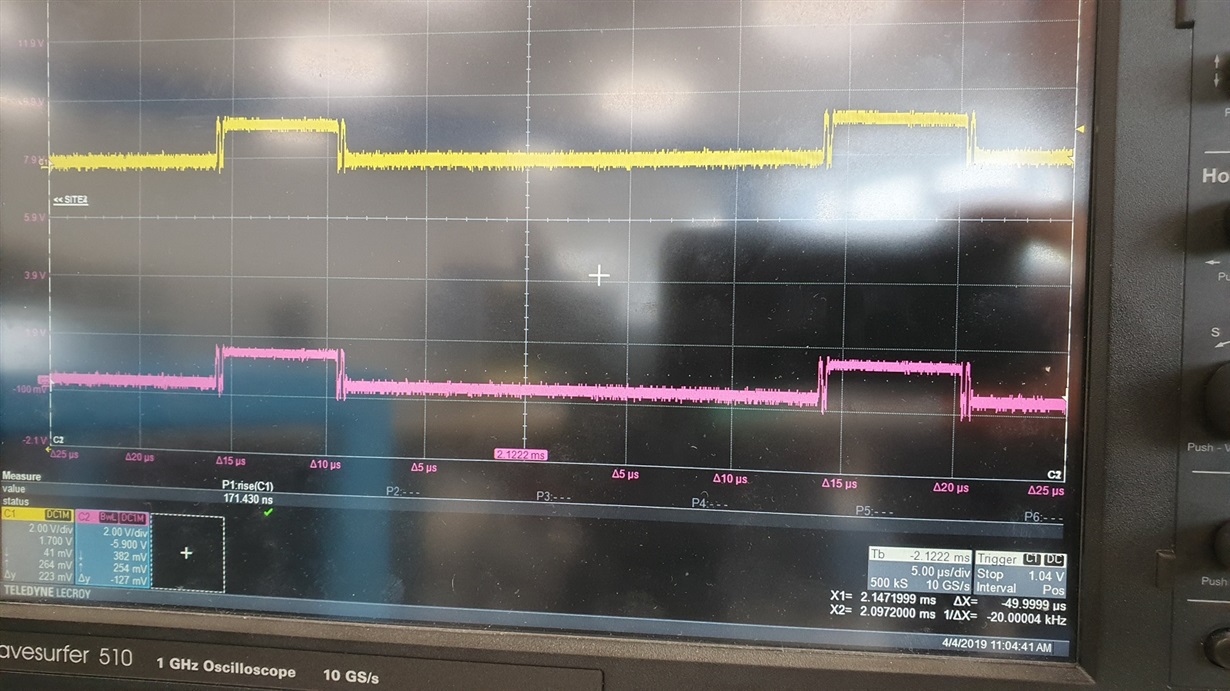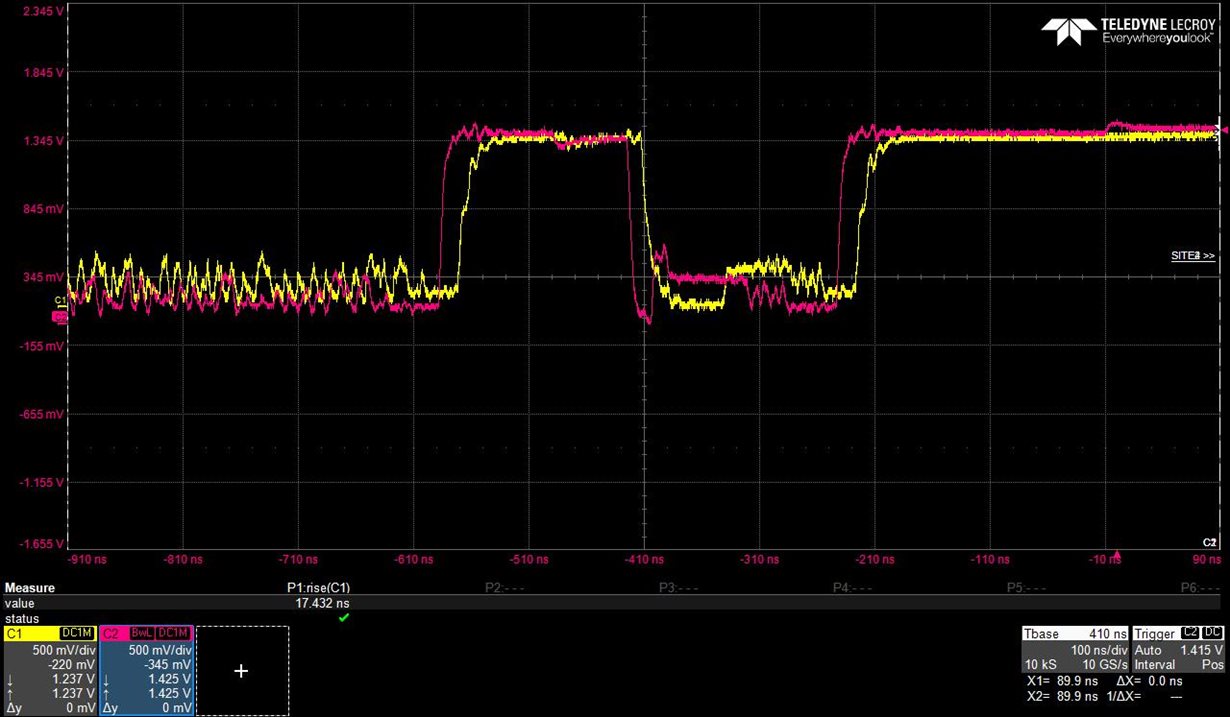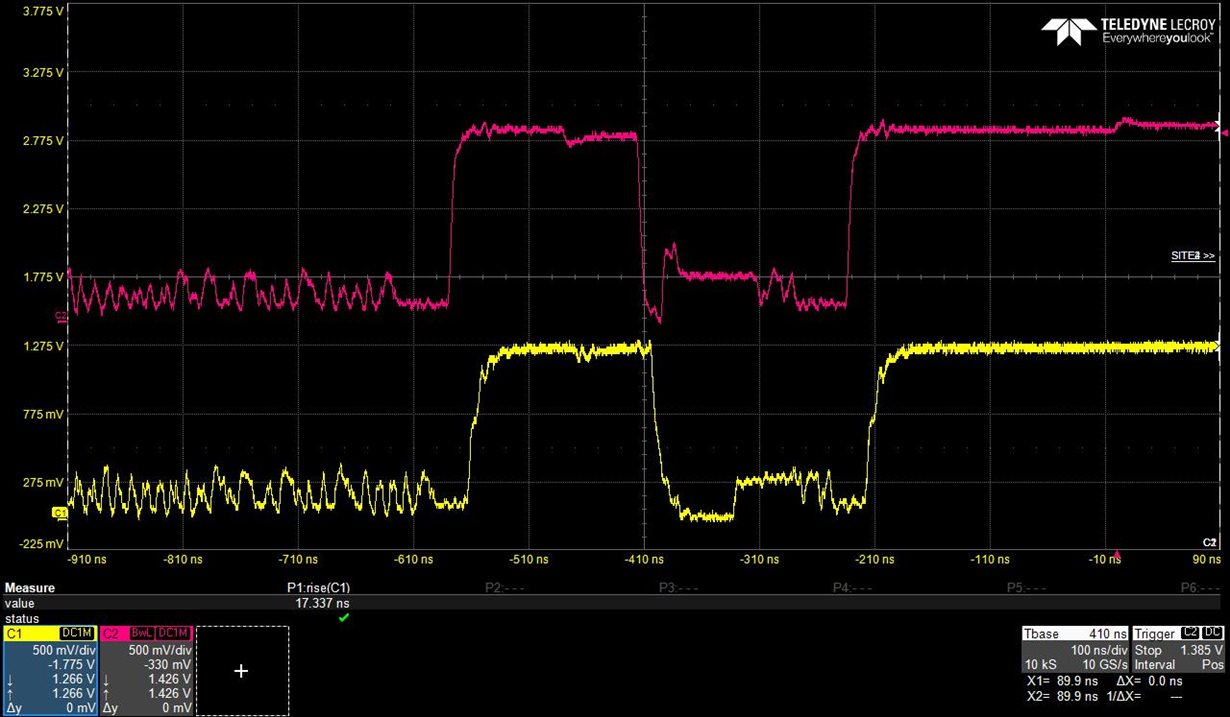Hello Team,
I have a question which is very important for my design.
for a better routing reason, it would be great to connect the four lanes of any camera to the input of the sn65dphy440ss device with a different sequence.
Let's say, the connector from which I get the four lanes of a camera (0..1..2..3) are connected to the input of the sn65dphy440ss device to the following ports: 2..3..0..1, while the clock lane has not been changed of course.
i try to summarize here below the connection:
Camera Connector TI Buffer In TI Buffer Out Receiver
Lane0 --------------------------Lane2_in------Lane2_out------------------Lane0
Lane1 --------------------------Lane3_in------Lane3_out------------------Lane1
Lane2 --------------------------Lane0_in------Lane0_out------------------Lane2
Lane3 --------------------------Lane1_in------Lane1_out------------------Lane3
LaneClk------------------------LaneCk_in----LaneCk_out----------------LaneClk
From the datasheet I didn't understand whether the four data inputs of the sn65dphy440ss device are equivalent or not.
Now I have designed a temporary engineering board with the above connection.
The camera used at this moment has only data0 and data 1 outputs.
these outputs are using the lane 2 and lane3, as above shown.
But unfortunately I cant get the image from the receiver.
If I connect the receiver directly to the camera, everything is working.
I hope my question is clear.
Many thanks in advance for your support
Stefano







